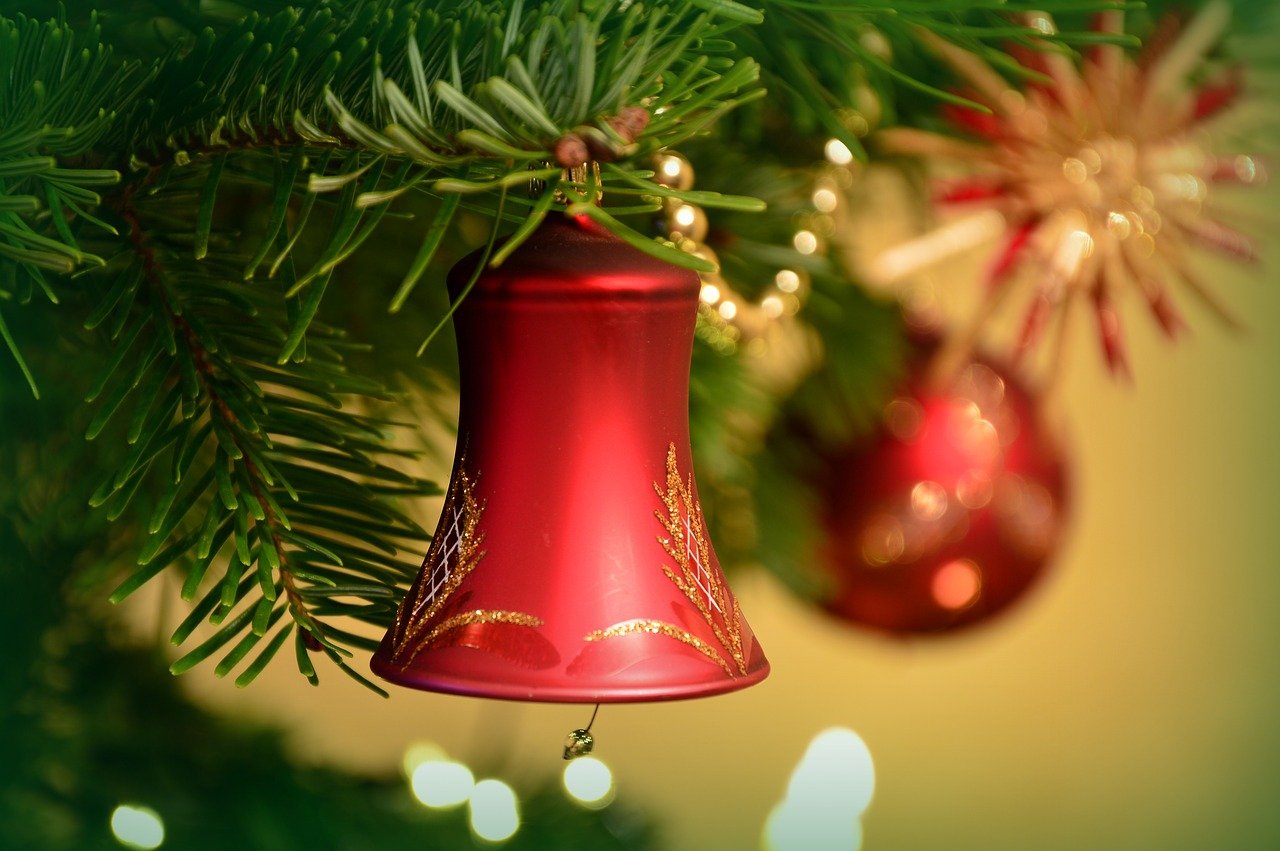The History of Christmas

Christmas ornaments hanging on a tree. Photo by Peggy Choucair auf Pixabay


Christmas is a Christian festival commemorating the birth of Jesus. The English term Christmas (” mass on Christ’s day”) is of fairly recent origin. The earlier term Yule may have obtained from the Anglo-Saxon word which described the observance of the winter solstice. The corresponding terms in other languages Navidad in Spanish, Natale in Italian, and Noel in French all probably denote nativity.
In this secular Christmas event, a mythical figure named Santa Claus plays the essential function. Christmas was generally a Christian celebration commemorating the birth of Jesus, but in the early 20th century, it likewise ended up being a secular household event that is observed by Christians and non-Christians alike.
Christmas is commemorated by lots of Christians on December 25 in the Gregorian calendar. For Eastern Orthodox churches that continue to utilize the Julian calendar for liturgical observances, this date represents January 7 on the Gregorian calendar. Gifts are exchanged on Christmas Eve in a lot of European countries and on the early morning of Christmas Day in North America.
Christmas Traditions
These customs consist of embellishing evergreen trees or, in India, mango or bamboo trees; feasting (picnics and fireworks are popular in warm climates); and exchanging presents on Christmas Eve or Christmas early morning. In ancient Rome, December 25 was a celebration of the Unconquered Sun, marking the return of longer days. It followed Saturnalia, a festival where individuals feasted and exchanged presents.
Christmas did not begin in Germany, but a number of the holiday’s customs began there, consisting of embellishing trees. The celebration of Christmas started in Rome about 336, but it did not become a major Christian festival until the 9th century. The early Christian neighborhood compared the identification of the date of Jesus’ birth and the liturgical event of that event.
In specific, during the very first 2 centuries of Christianity there was strong opposition to acknowledging birthdays of martyrs or, for that matter, of Jesus. Many Church founders provided sarcastic comments about the pagan custom of commemorating birthdays when, in fact, saints and martyrs must be honoured on the days of their martyrdom, which are their true “birthdays,” from the church’s perspective.
The Date of Christmas
The precise origin of assigning December 25 as the birth date of Jesus is unclear. The New Testiment supplies no clues in this regard. December 25 was first recognized as the date of Jesus’ birth by Sextus Julius Africanus in 221 and later on became the universally accepted date.

Indeed, after December 25 had become widely accepted as the date of Jesus’ birth, Christian authors often made the connection between the rebirth of the sun and the birth of the Son. One of the troubles with this view is that it suggests a casual determination on the part of the Christian church to adopt a pagan festival when the early church was so intent on identifying itself unconditionally from pagan beliefs and practices.
December 25 ended up being reckoned as the date of Jesus’ birth. For a long period of time the event of Jesus’ birth was observed in combination with his baptism, which is celebrated on January 6. Now Christmas started to be widely celebrated with a specific liturgy in the 9th century however did not attain the liturgical importance of either Good Friday or Easter, the other 2 major Christian holidays.
The Origins of More Holiday Customs
A special service of “lessons and carols” intertwines Christmas carols with Scripture readings narrating the redemption history from the Fall of Man in the Garden of Eden to the coming of Christ. The service, inaugurated by E.W. Benson and embraced at the University of Cambridge, has actually become extensively popular.
The Renaissance humanist Sebastian Brant described, in Das Narrenschiff (1494; The Ship of Fools), the custom of putting branches of fir trees in houses. Although there is some uncertainty about the accurate date and origin of the custom of the Christmas tree, it appears that fir trees decorated with apples were first known in Strasbourg in 1605.
The Advent wreath made of fir branches, with four candle lights signifying the 4 Sundays of the Advent season is of a lot more recent origin, particularly in North America. The custom, which started in the 19th century but had its roots in the 16th, initially included a fir wreath with 24 candles (the 24 days prior to Christmas, beginning on December 1). However, the awkwardness of having numerous candle lights on the wreath resulted in the number being reduced to 4.
Leave a Reply